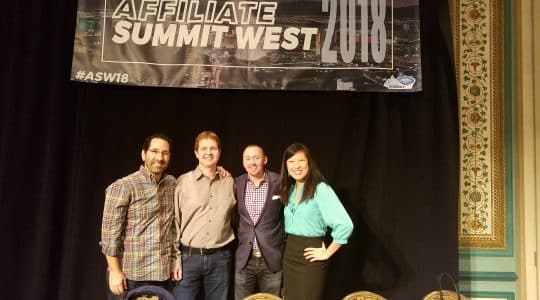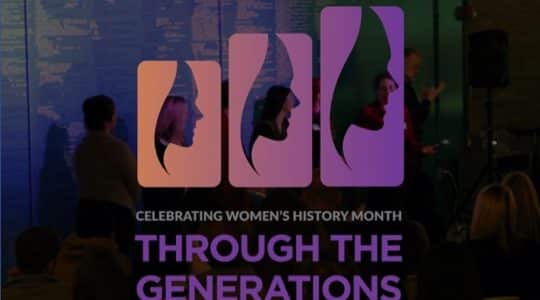It’s no secret that content is king. But content alone is not what will drive increased revenue, profits and a positive ROI for your brand’s marketing strategy. During the opening keynote today at ad:tech in San Francisco, AOL CEO Tim Armstrong discussed the critical need to leverage the right content to reach a more targeted audience, while making sure that as many dollars reach the end user as possible.
Armstrong explains that with the current industry landscape, nearly half of all advertising dollars get caught up “in the industry.” That said, he explained technology and creativity can be “really good at figuring this [problem] out, and this is where a fundamental change will drive the industry in the next 5-10 years.”
Part of this fundamental change will require brands to ask the question, “What is the core differentiation you are bringing to the marketplace and what does it look like?” Armstrong elucidates that most of these opportunities are in front end innovation and retargeting. Essentially this translates to improved content development from which marketers can better leverage targeting; especially targeting designed for different devices at different times.
As Armstrong states, “advertising is important because there are tremendous amounts of stories and a tremendous amount of targeting around those stories.” AOL, itself, is well known for its portfolio of content, and just announced its own new supply-side platform (or SSP) for publishers called Marketplace by Adtech. AOL knows content and knows advertising, so both advertisers and publishers would do well to heed Armstrong’s advice to focus on developing content upon which one can leverage advertising. Of course, this content doesn’t necessarily need to be traditional blog posts; Armstrong notes that AOL’s syndicated video platform is #2 after YouTube with over 300,000 pieces of content.
When building out content that drives your targeted marketing campaigns, it’s critical that you know both when and where to publish this content and advertising. Armstrong points to AOL’s partnership with Intuit, which previously only focused on desktop conversions. Now, every impression from both mobile and desktop is critical, and AOL has analyzed user behavior to see what devices people use and how they use them to engage with Intuit’s advertising and content. The result has enabled AOL and Intuit to instantaneously switch targeted messaging by device and user at very specific times of the day. Armstrong says that if you are a publisher and use this technology, “the results can be tremendous if you get this right.”
Finally, while Armstrong maintains that it’s important to also develop content for mobile to assist with your targeted advertising, he advises not to get caught in what he calls “mobile cul-de-sacs”, where content may only reach a few thousand users. While AOL has designed all of its content to be consumed on all mobile devices – intentionally designing the mobile experience to retain at least core components of the brand – Armstrong admits that the company realizes it’s not worth it to create mobile content that has a very limited audience.
Armstrong predicts that the current shift from offline advertising dollars to online is going to pale in comparison to what will happen in the next 5-10 years. As content will be key in driving this advertising, businesses who get behind good content and also take the time to understand targeting will likely see greater opportunities to gain in their industry – especially against competitors.
Author
Becky is the Senior Content Marketing Manager at TUNE. Before TUNE, she handled content strategy and marketing communications at several tech startups in the Bay Area. Becky received her bachelor's degree in English from Wake Forest University. After a decade in San Francisco and Seattle, she has returned home to Charleston, SC, where you can find her strolling through Hampton Park with her pup and enjoying the simple things in life.




Leave a Reply
You must be logged in to post a comment.